National Trust gardeners caring for some of Wales’ most-loved green spaces have shared an insight into the essential maintenance, conservation tasks, wildlife surprises and seasonal sights taking place during lockdown.
From weeding and watering to bold birdlife and beautiful blooms, here’s a glimpse into the Trust’s gardens this spring and the team keeping them in good condition ready for when visitors can return.
Spring has sprung
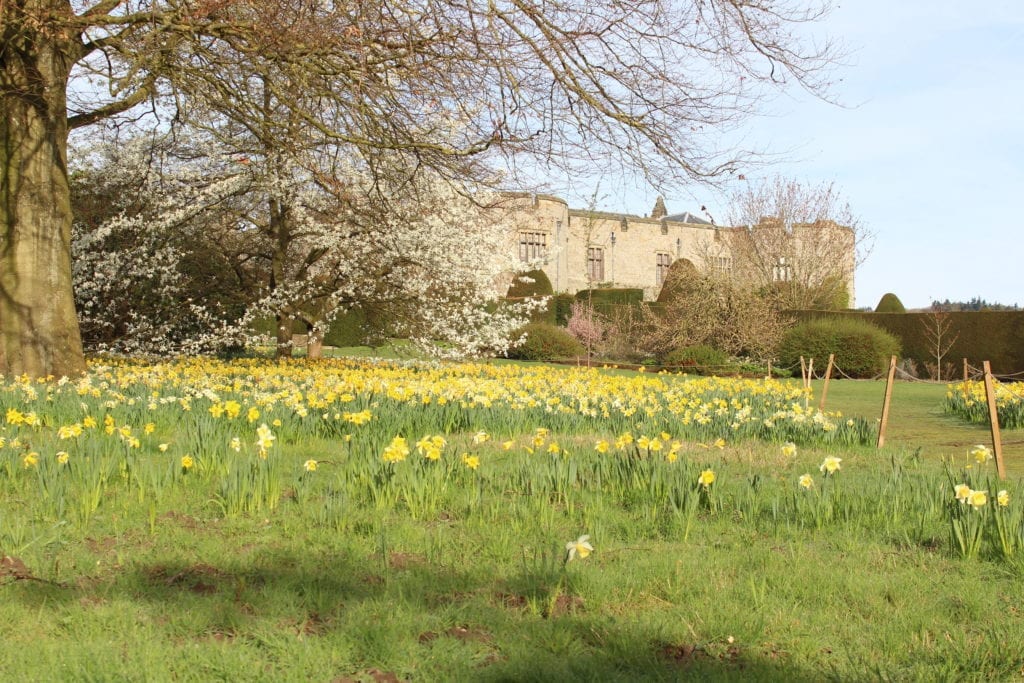

With spring well underway, the conservation charity’s gardens across the country are bursting into flower.
From delicate magnolias and camellias at Dyffryn Gardens in the Vale of Glamorgan to national collections of rhododendrons at Bodnant Garden in Conwy to flowering cherries at Chirk Castle in Wrexham.
Tredegar House in Newport and Plas Newydd on Anglesey are both welcoming bumper displays of tulips in a kaleidoscope of colours this season.
“Spring is usually one of the best times to see the gardens and although there aren’t any people here, the flowers are still giving it their best,” shares Bill Warrell, Plas Newydd’s head gardener.
The warmer weather has seen some early arrivals too, with wisteria sinensis in bloom weeks ahead of normal flowering time at Plas yn Rhiw on the Llyn Peninsula and beautiful apple blossom starting to appear right across the country.
Noticing nature
As well as wildflowers such as snake’s head fritillaries, celandine and daisies making an appearance due to less mowing, gardeners have also noticed an increase in wildlife activity.
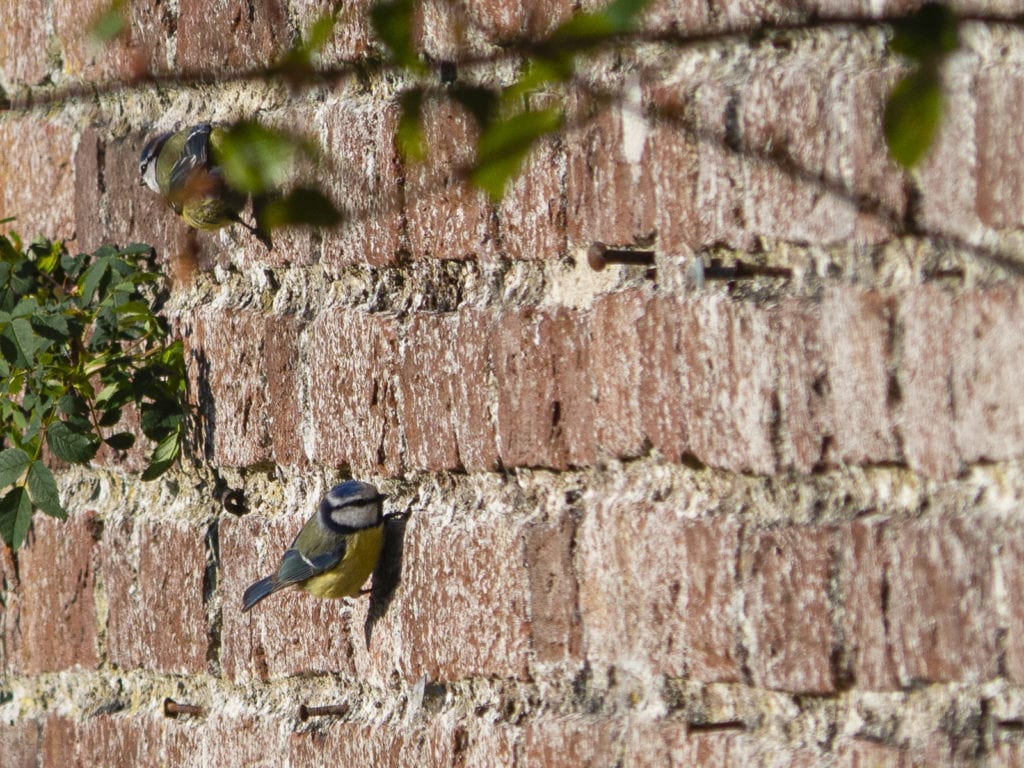

Wagtails, blue tits, goldfinches and chaffinches are just some of the birds spotted at Llanerchaeron in Ceredigion and Erddig in Wrexham, with their spring song seemingly louder than normal.
“Birds are singing more around the gardens at Llanerchaeron and we’re seeing wildlife becoming much more confident with it being quieter here,” advises Tim Newby the senior gardener.
On the water, nesting mallards are enjoying the stream at Colby Woodland Garden in Pembrokeshire, ducklings have already been sighted on the lily terrace pond at Bodnant Garden and hundreds of tadpoles are swimming in the lake at Tredegar’s parkland.
Elsewhere, stoats, weasels, pheasants and hares have all been seen exploring the gardens, species that rarely venture into these areas, explains Plas yn Rhiw head gardener Llifon Jones:
“While doing essential tasks, I’ve noticed a lot more wildlife around, pheasants constantly in the garden that would normally be in the woodland and orchard.
“I’m seeing stoats and weasels more frequently and hedgehog droppings every morning on the lawns.”
It’s clear that some wildlife are missing their daily visitors though. The resident peacocks at Powis Castle in Welshpool are known for showing off, but with no visitors on-site, they’ve become much friendlier with the gardeners!
The essentials
Gardens are growing and changing, and doing nothing would lead to degradation. Essential work continuing includes the irrigation of important plants in glasshouses and other covered areas, weed control and a low level of lawn mowing.
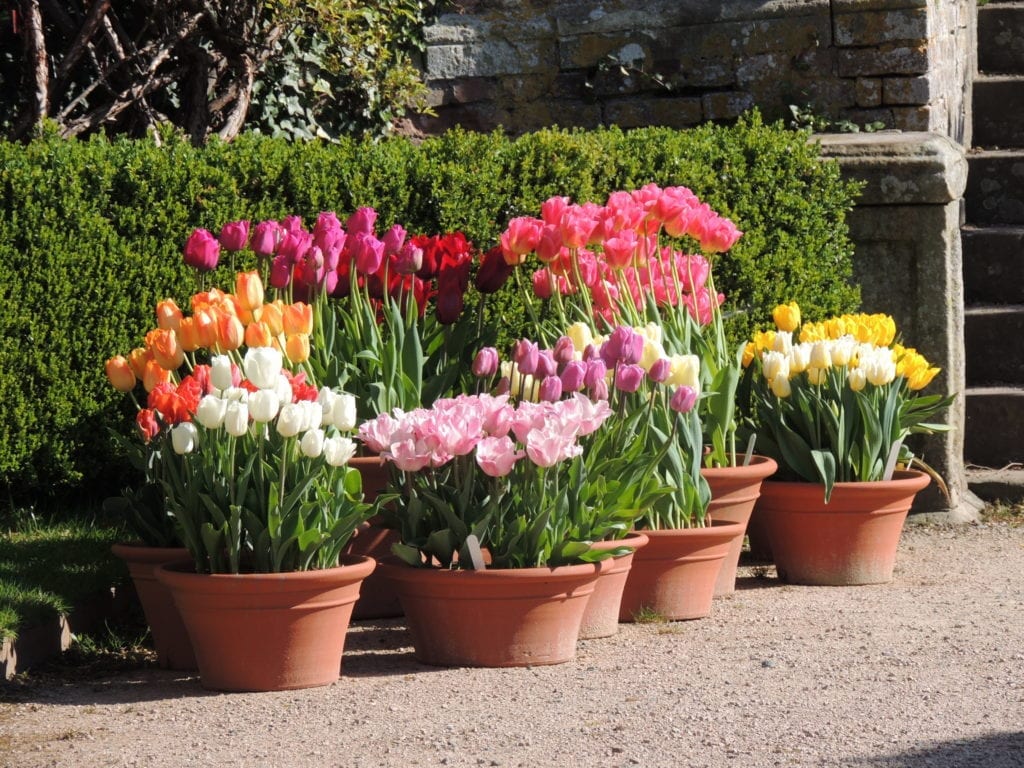

Of course, with the warmer weather here, keeping the plants watered is the main task for the coming weeks, says David Swanton the head gardener at Powis Castle.
“At Powis Castle we have three glasshouses, two poly tunnels, cold frames and standing out areas.
“Before the lockdown, we also planted the borders on the Italianate terraces, so we’ve got a lot of watering to do to keep our garden alive, as well as the benefit it brings for nature.”
Preserving historically significant plants is also a priority. At Erddig head gardener Glyn Smith, whose worked on the estate for over 30 years, is busy pruning the iconic pleached lime trees, a task that usually takes a group of staff and volunteers 10 weeks to complete.
“These trees have been pruned every year since I’ve been here, and many years before that.
“If we fail to do it this year, it could mean two to four years of renovation work to get them back.”
Looking at things a little differently
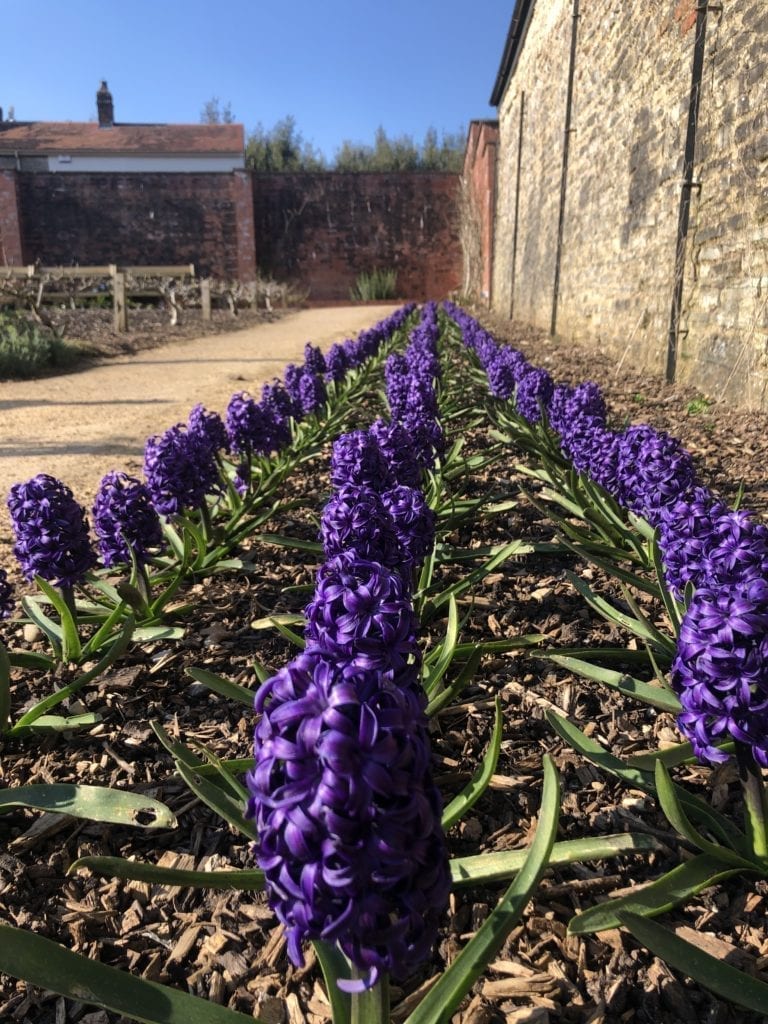

Chris Flynn the head gardener at Dyffryn Gardens reveals how the team are adapting:
“These are strange times in which to manage a garden and we are having to look at things a little differently.
“Some things might have to be left to their own devices whilst essential works are prioritised.
“Of course, there will be disappointments but there will also be pleasant surprises too,” he concludes.
Whilst the Trust’s places remain closed to further restrict the spread of coronavirus, visitors can still see the floral displays digitally as the gardeners share updates on social media to connect people with nature, beauty and history virtually.
To maintain the beauty of your garden, you can hire The Local Tree Experts.



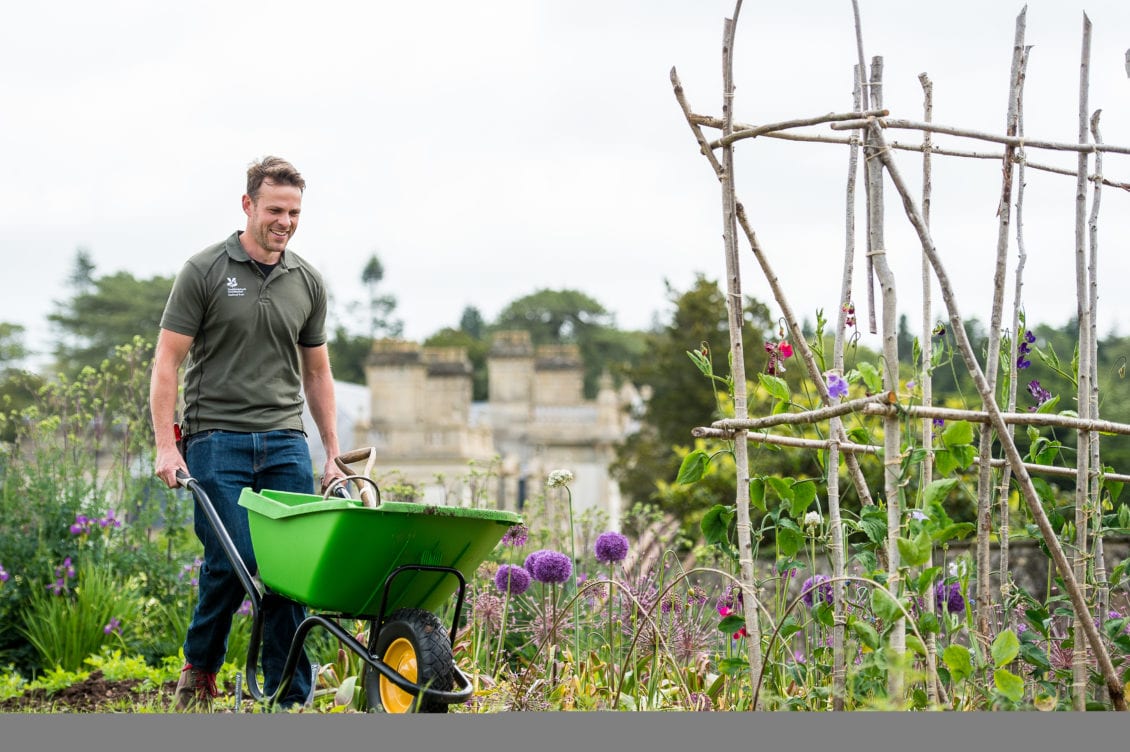


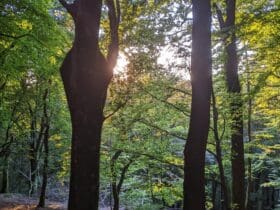

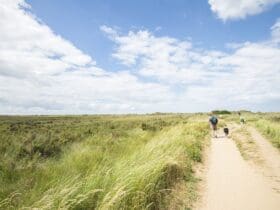
Leave a Reply
View Comments